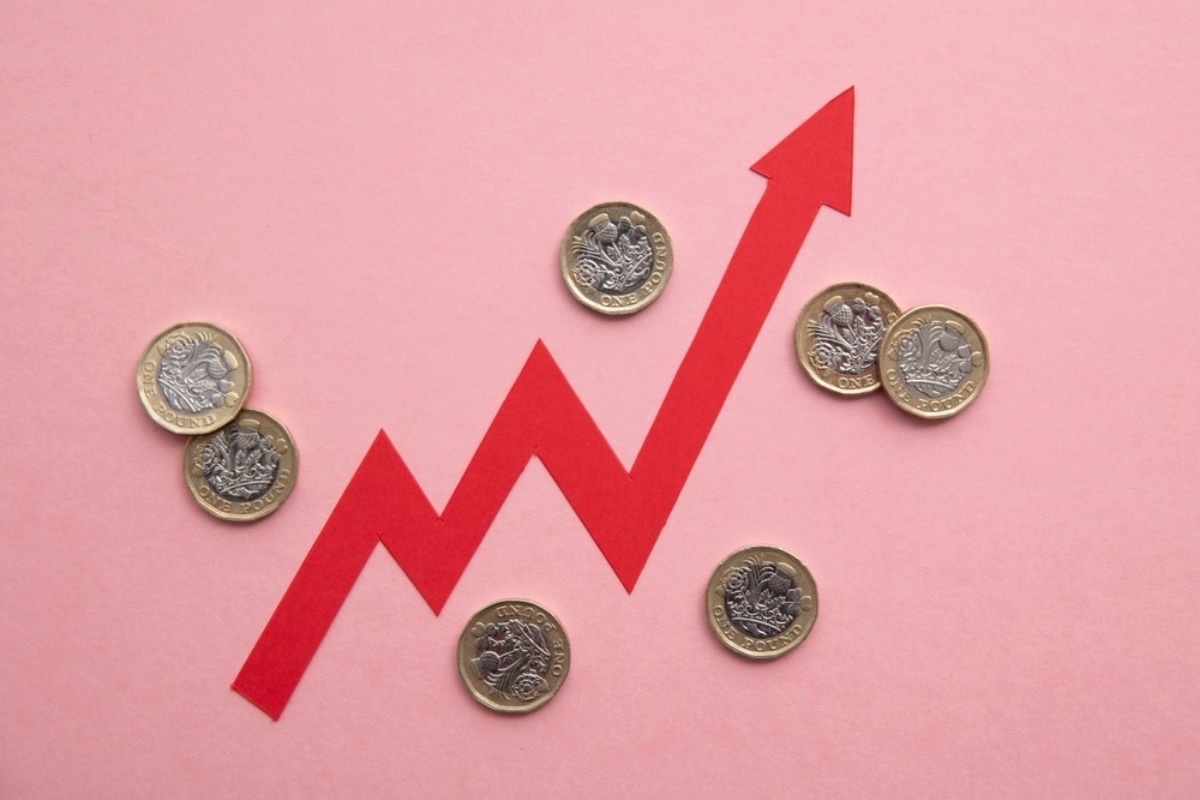Personal loans soar to highest rates since 2013
Bank of England data on average quoted household rates shows that the cost of borrowing continues to accelerate placing further pressure on household budgets.

Group Editor of Shard Financial Media, which encompasses the Credit Strategy, Reward Strategy, TRI and FSE brands.
Two consecutive months of significant increases take the cost of personal loans to their most expensive rates since 2013.
Credit card rates grew by 0.20 percentage points to 22.03% – their highest average rate since 1998.
Following significant increases in the cost of personal loans in October, this trend continued in November with both £5,000 and £10,000 loans posting their most expensive average rates since 2013. Credit card rates also posted further increases and are at their highest level since 1998 – over 24 years ago.
Alternative lender Freedom Finance’s analysis of the cost of borrowing found that the average quoted household rate on a £5,000 personal loan rose by 0.64 percentage points (pp) to 10.02% at the end of November.
This follows a 0.98 pp increase the previous month and takes average rates for loans of this size into double digits for the first time since December 2013. For £10,000 personal loan rates there was an increase by 0.73 percentage points in November – again following a jumbo 0.86 pp rise last month – reaching 5.95%, the highest level since October 2013.
Emma Steeley, CEO at Freedom Finance, commented: “As we head into a winter dominated by fears over energy bills, blackouts and surging inflation, the latest figures on the cost of borrowing will only add to the headaches many households are nursing.
“Loans, credit cards and overdrafts are all becoming more expensive and so people need to be taking extra steps to ensure that they are getting the best products for their financial situation and at the best possible rates.”
Rates have risen to keep up with the Bank of England’s base rate, which is forecast to reach 4.5% next year.
Stay up-to-date with the latest articles from the Credit Strategy team
Get the latest industry news






